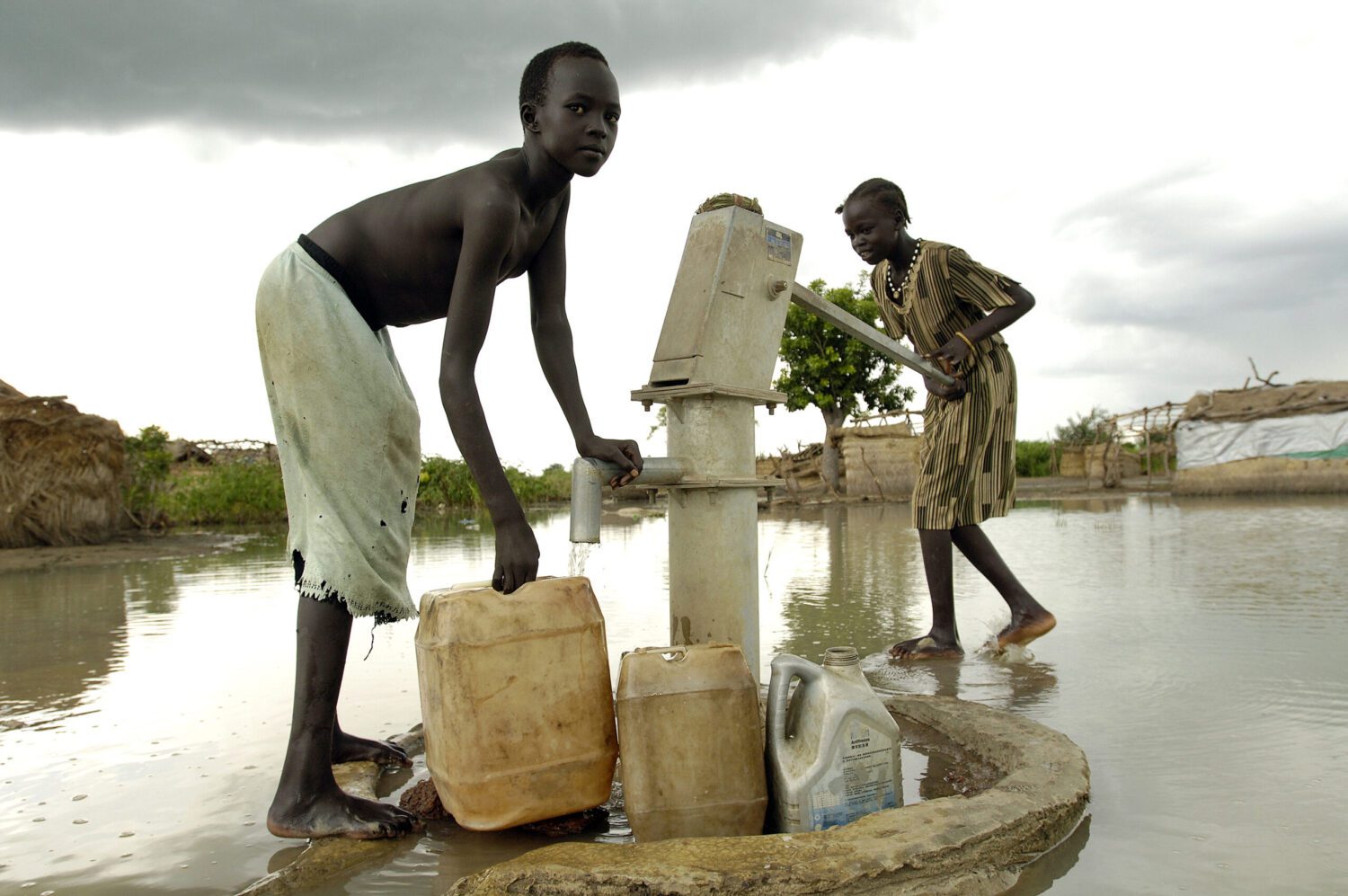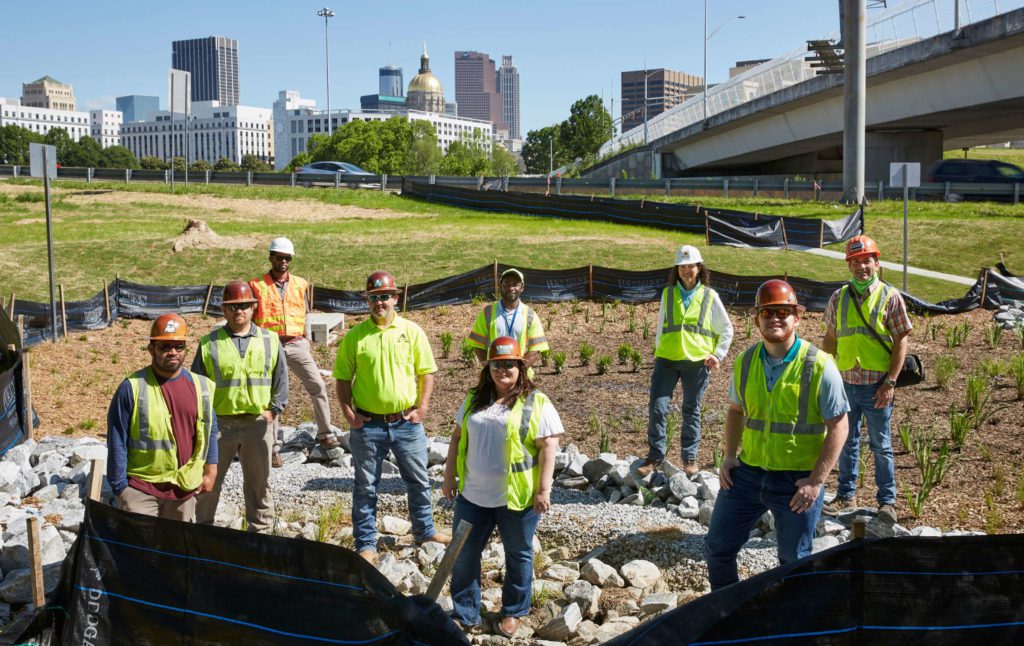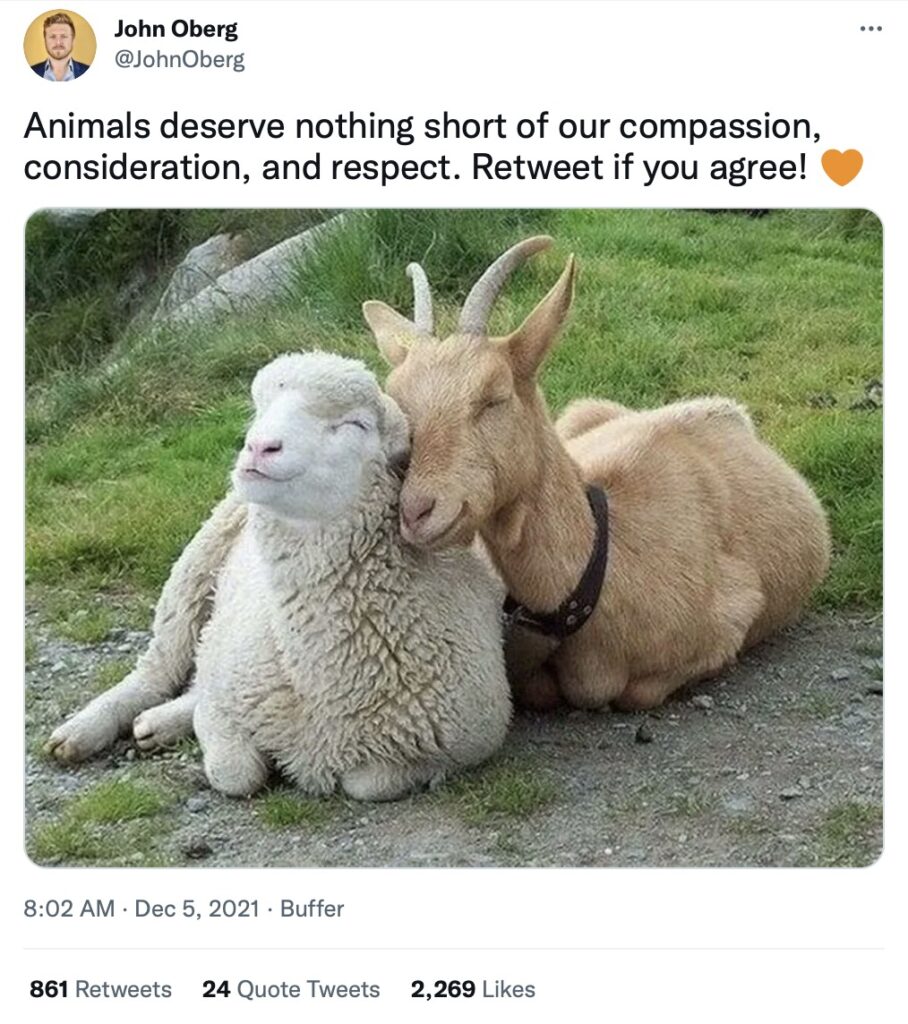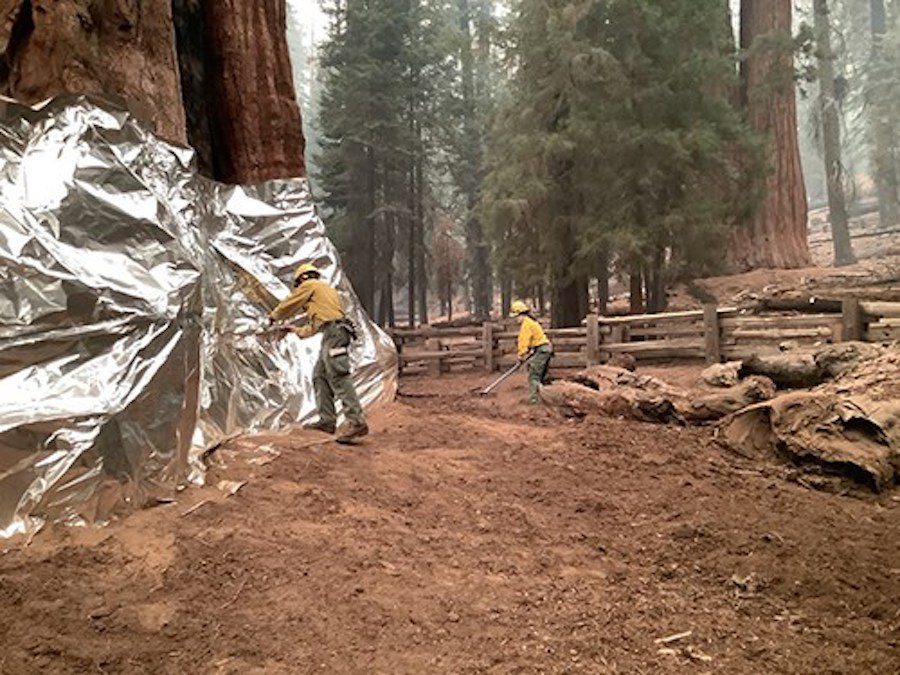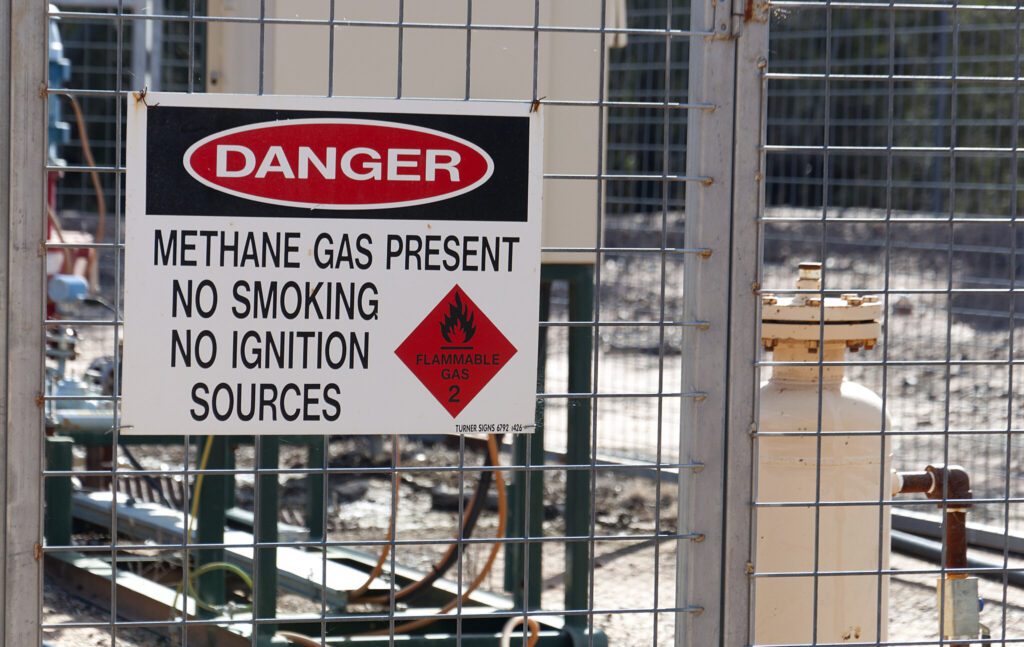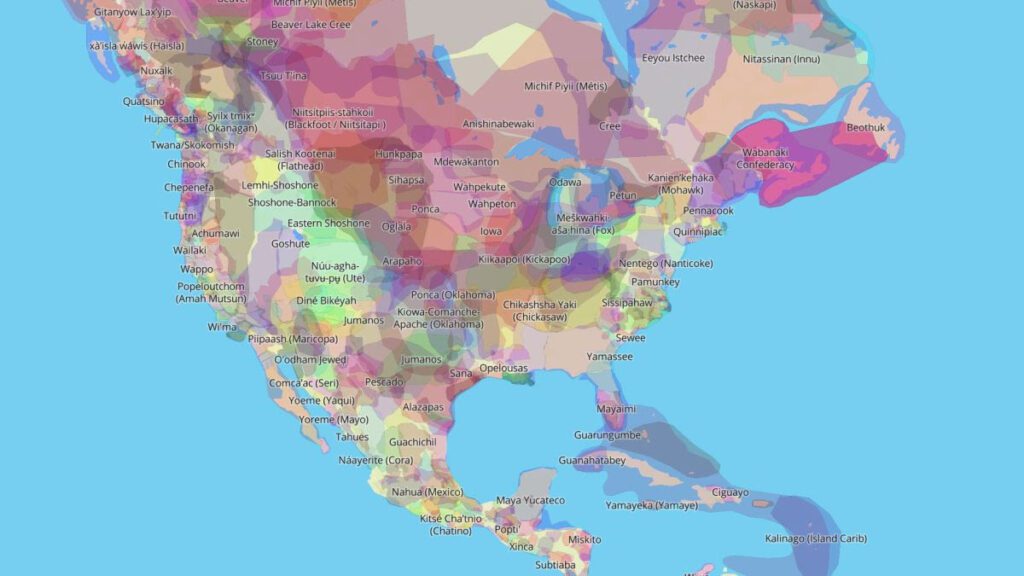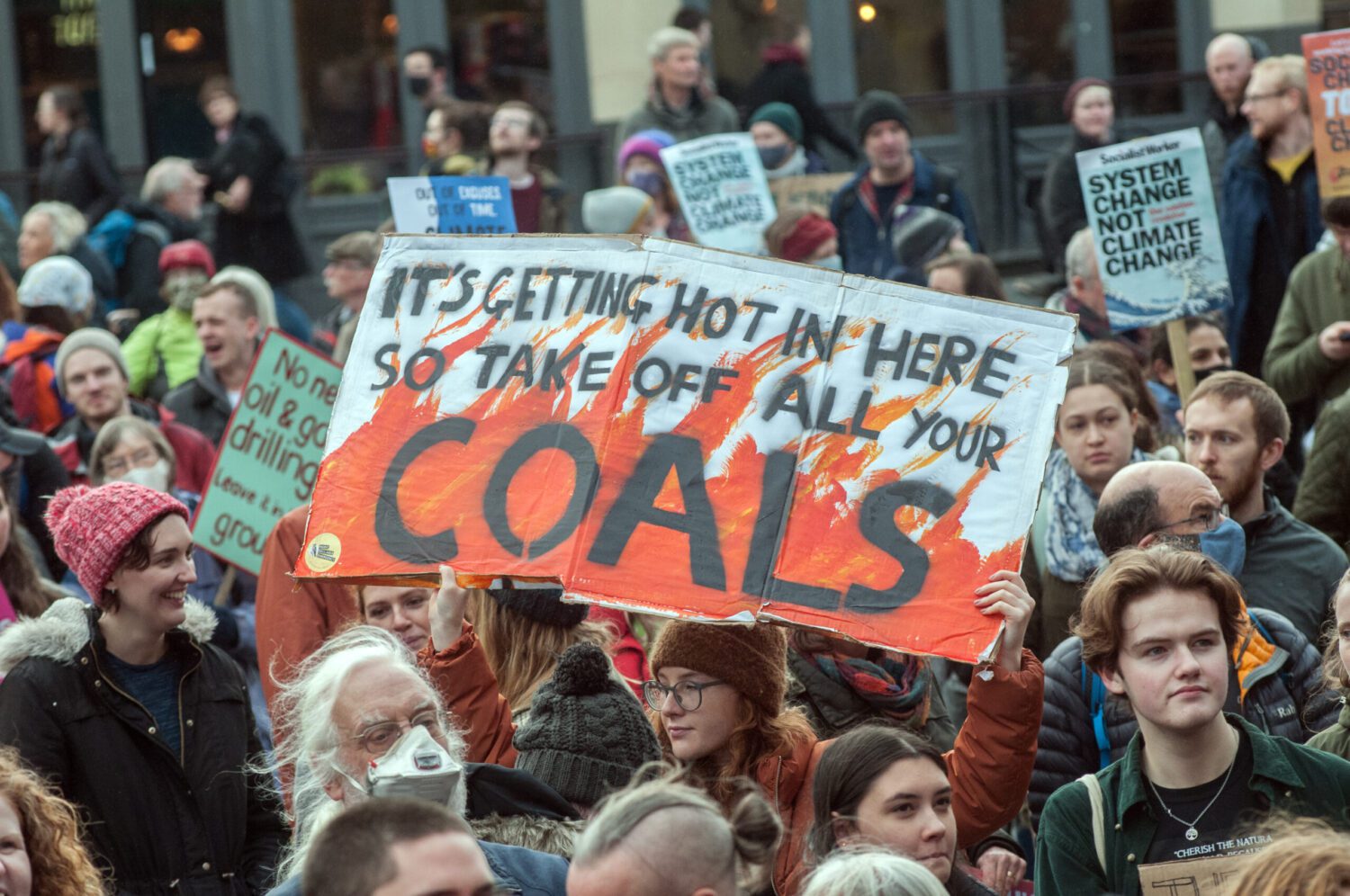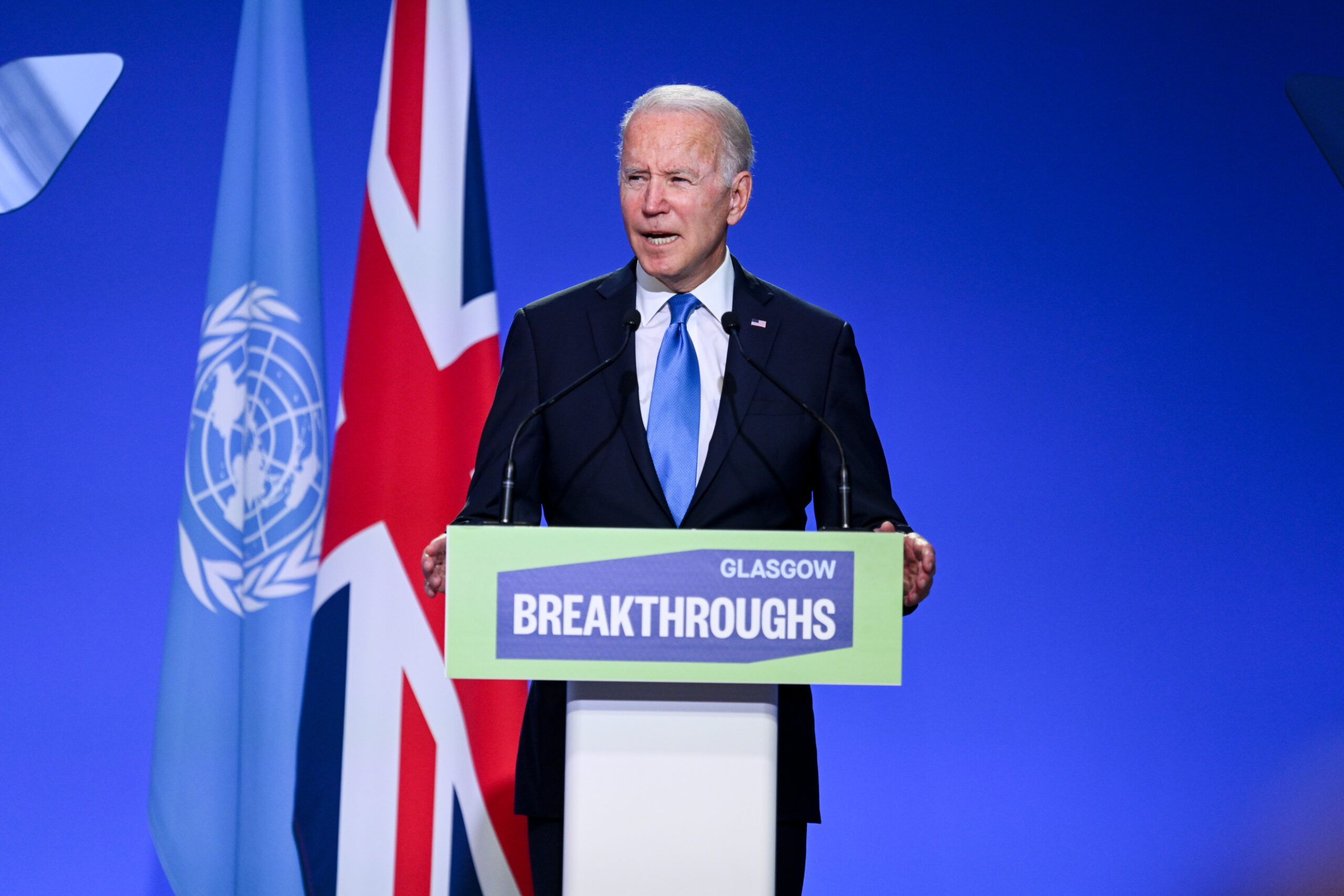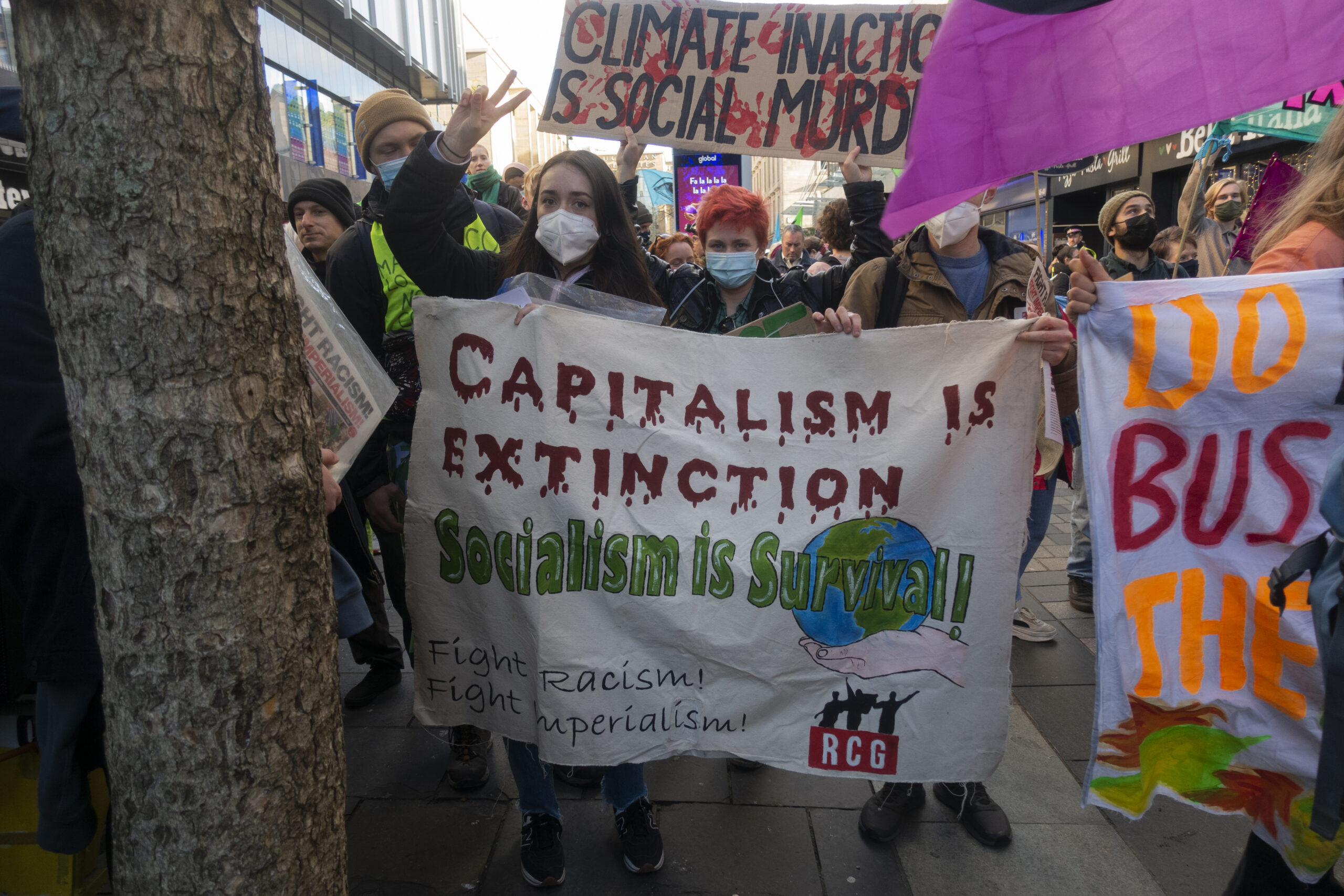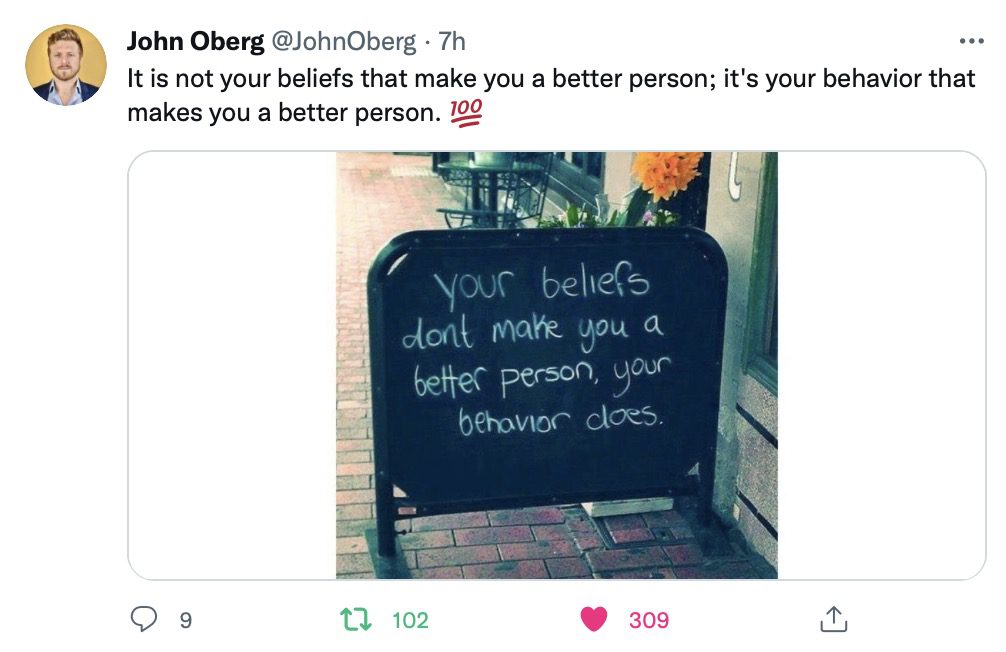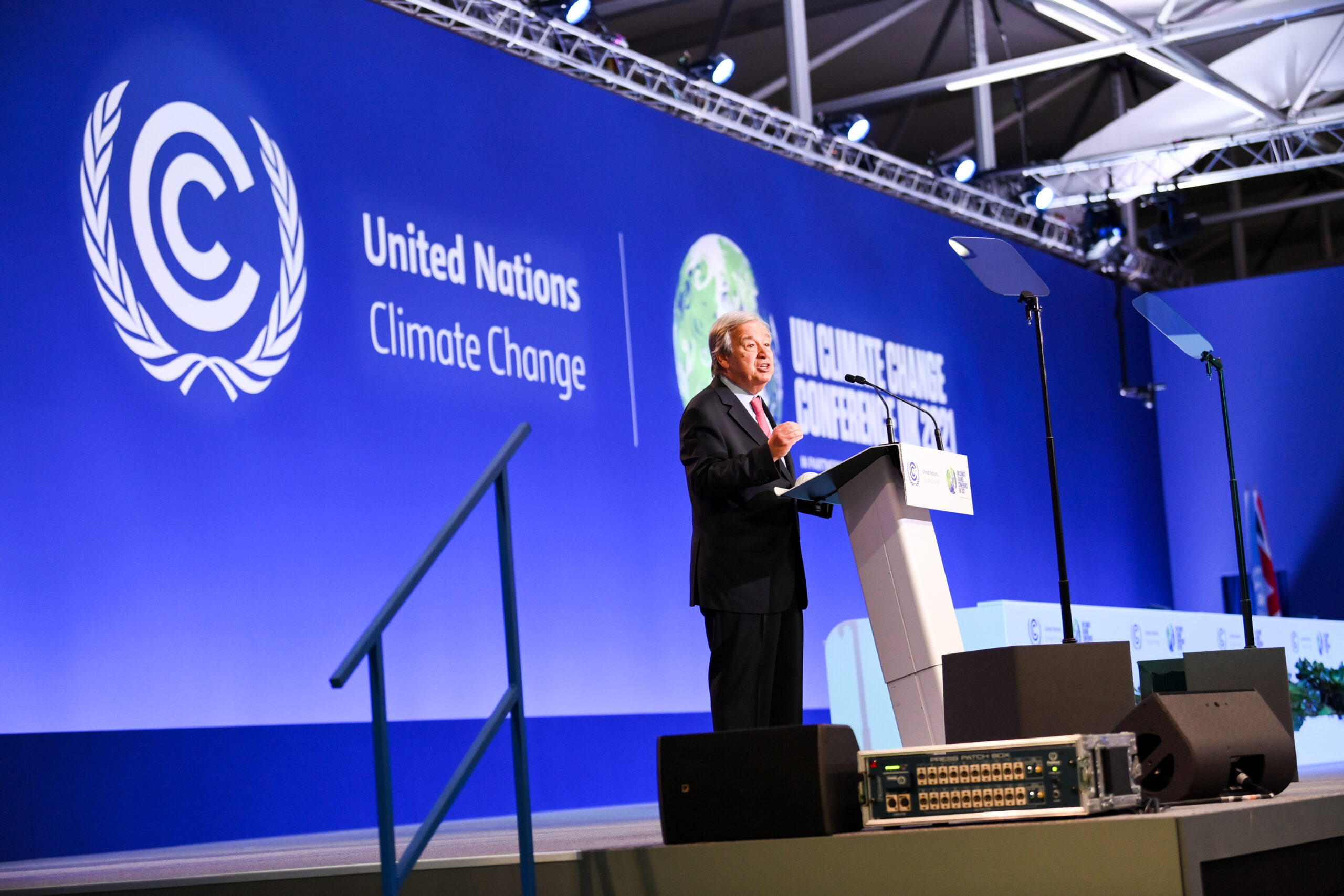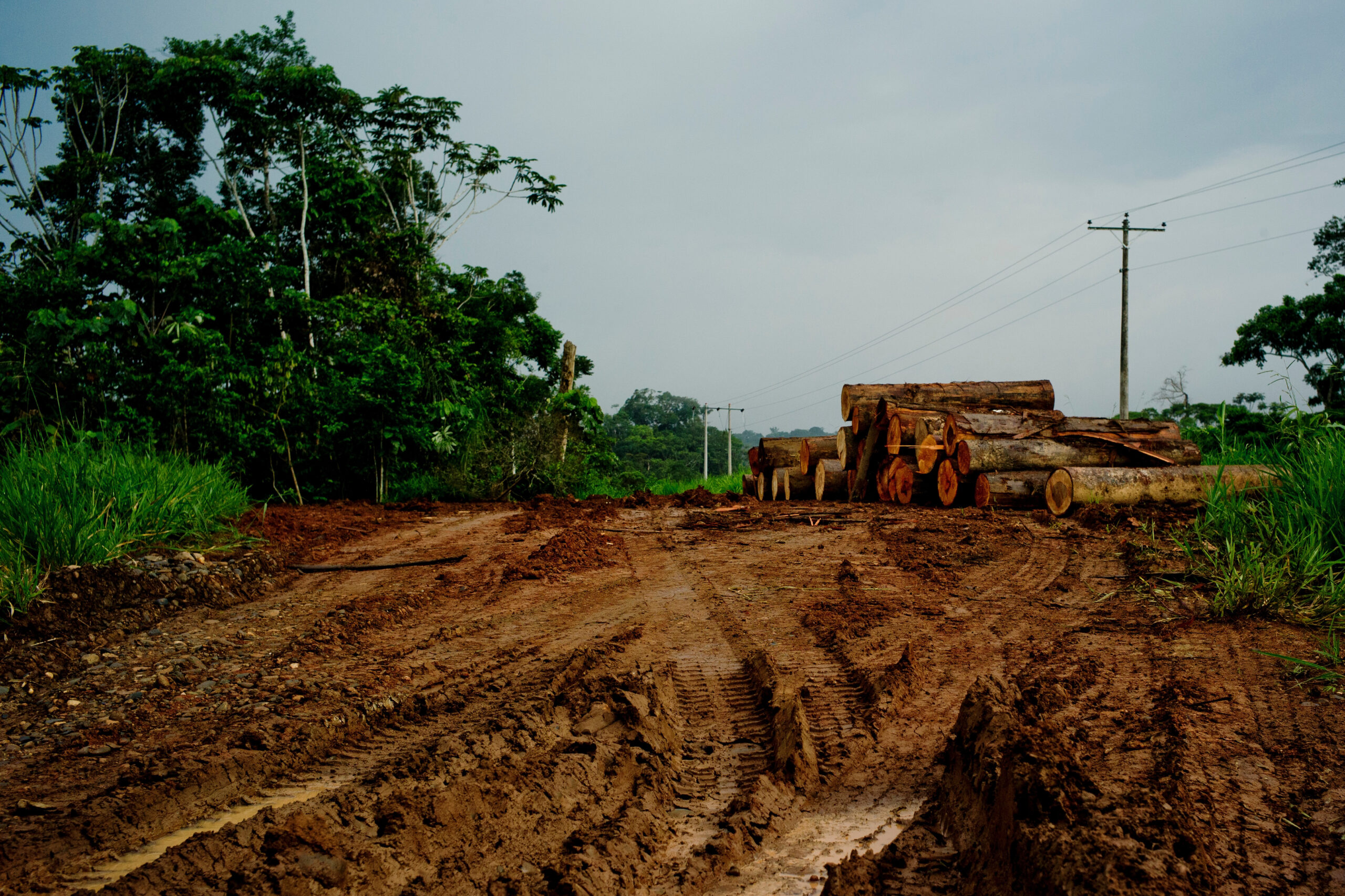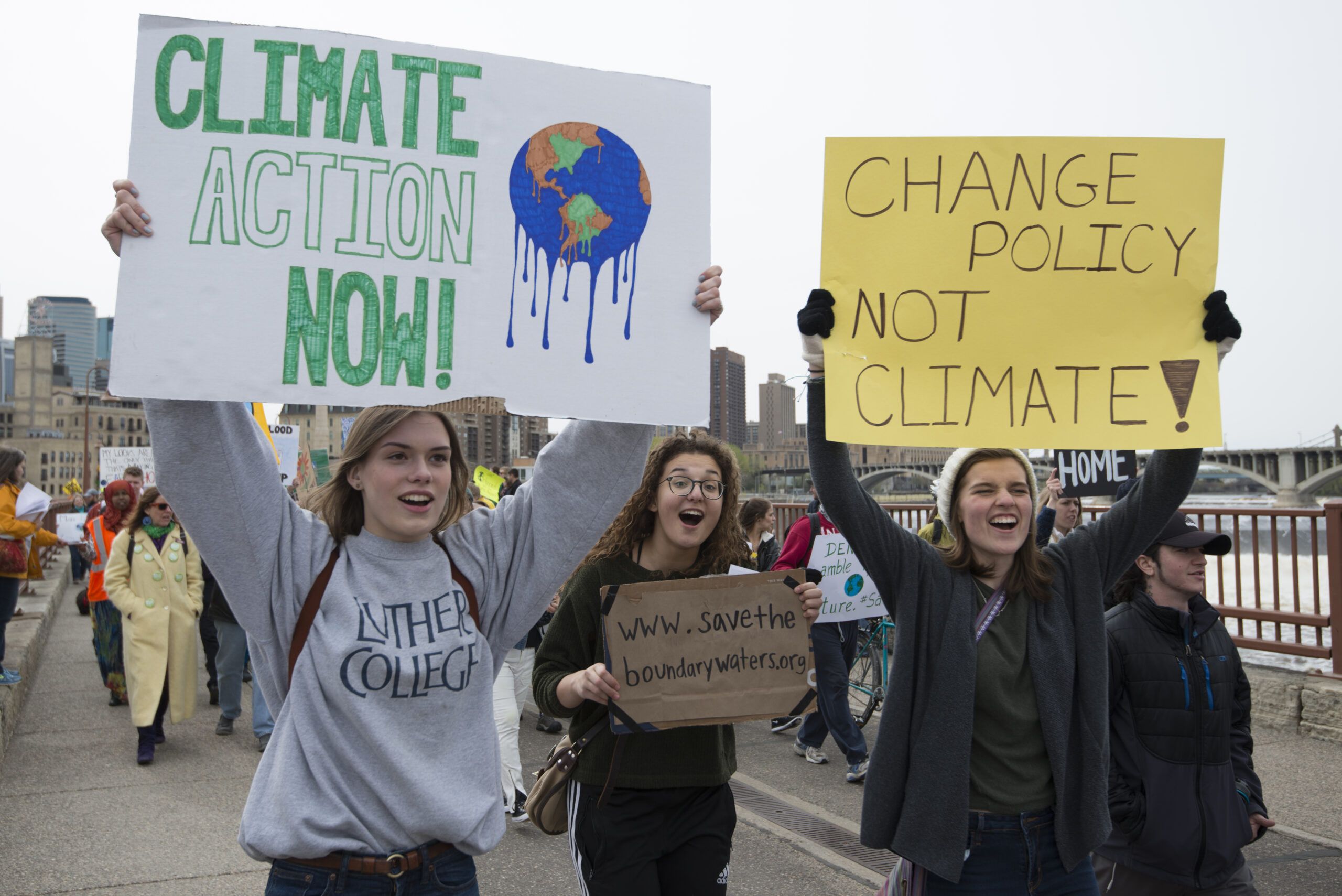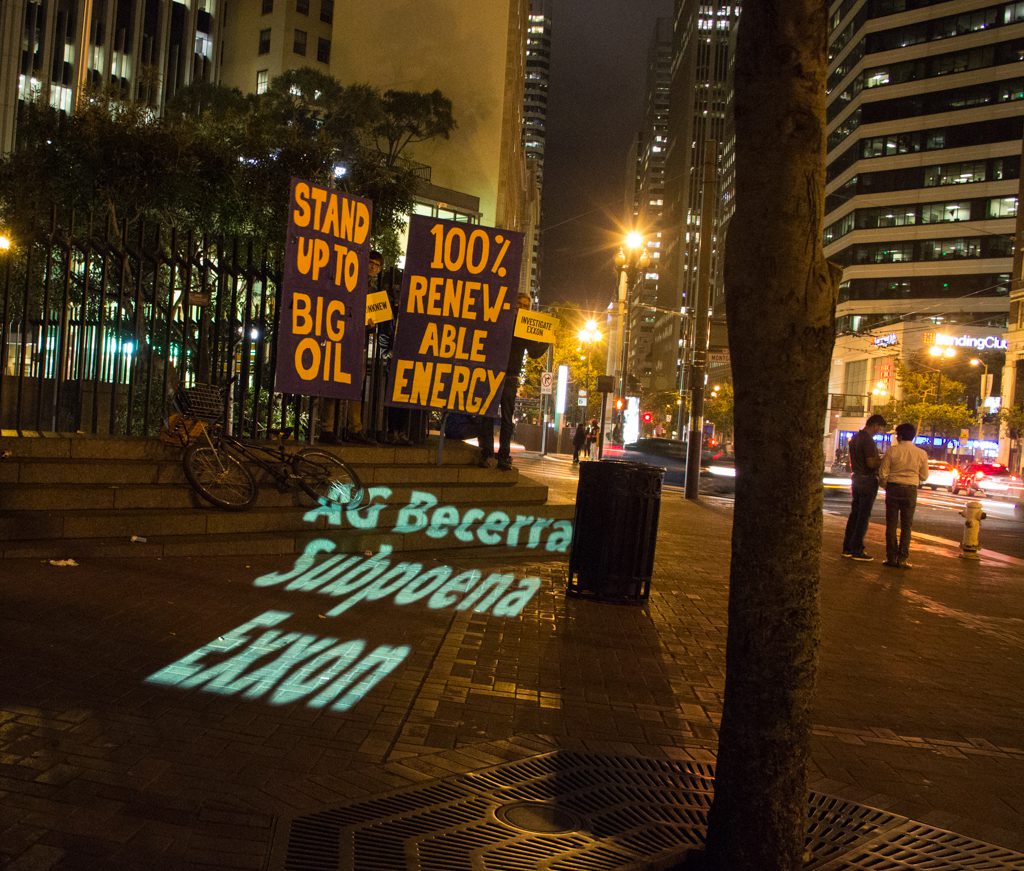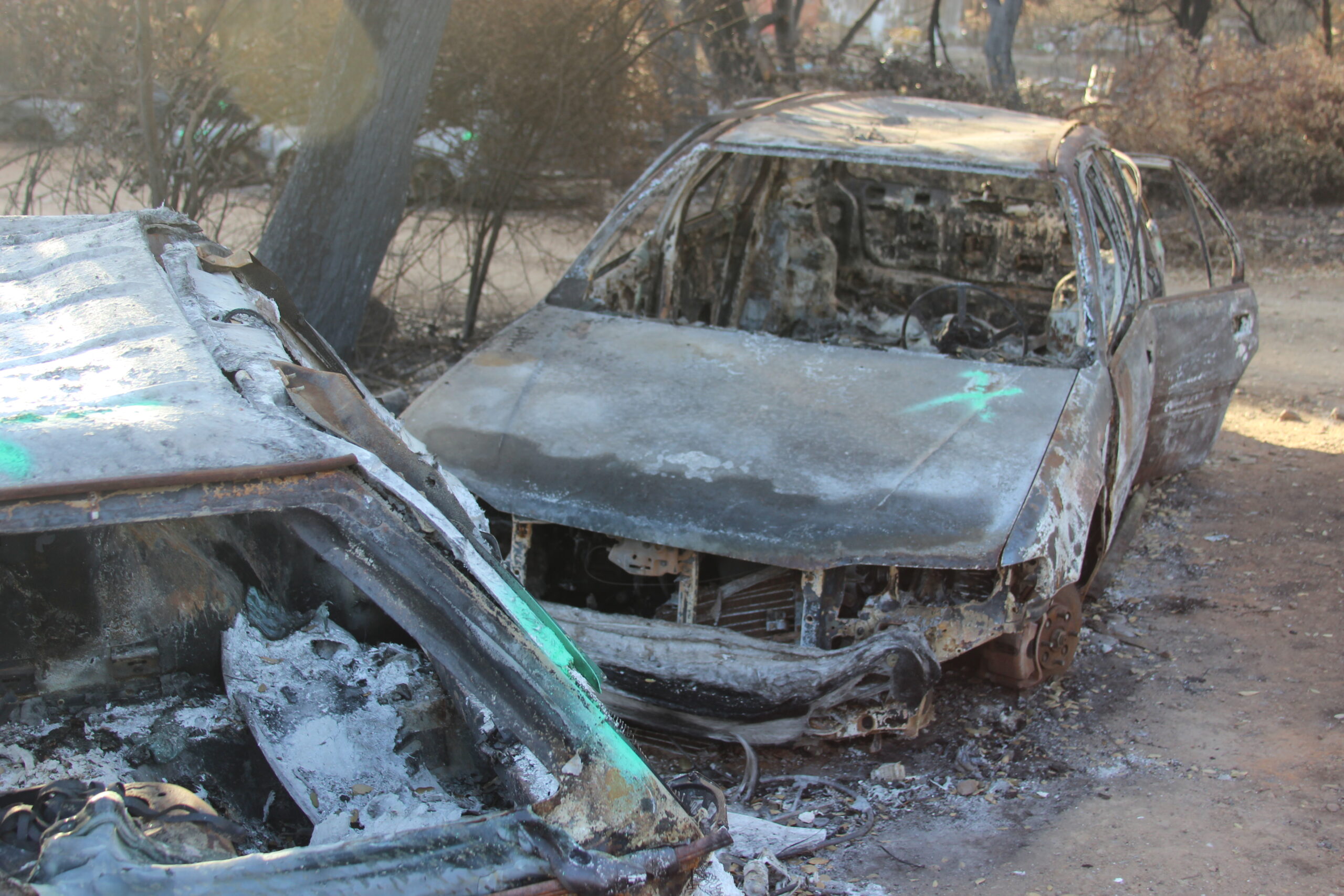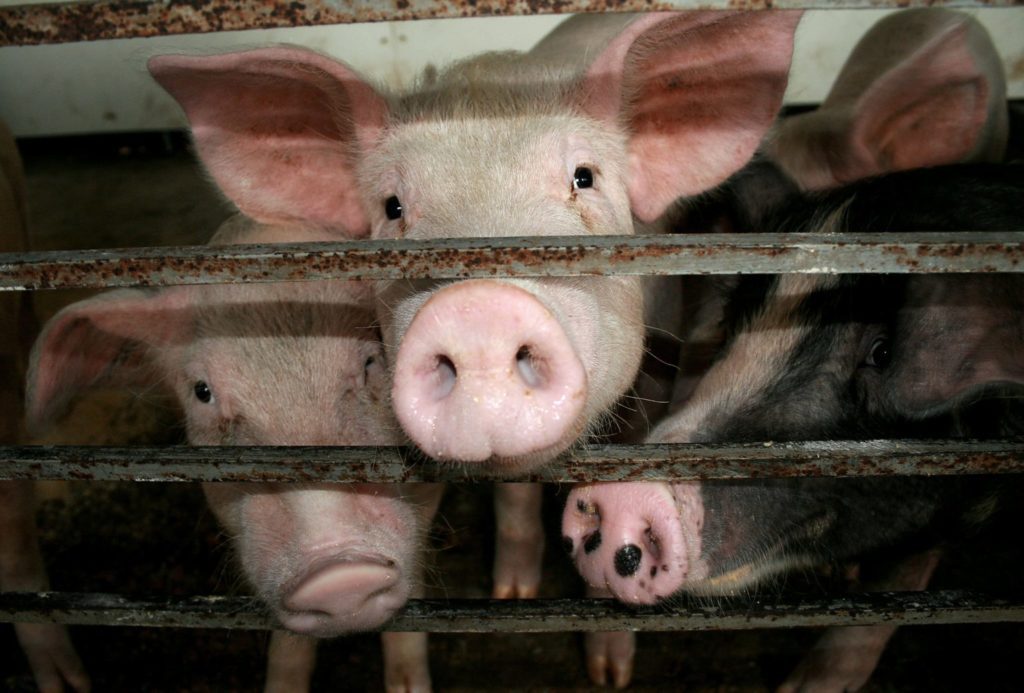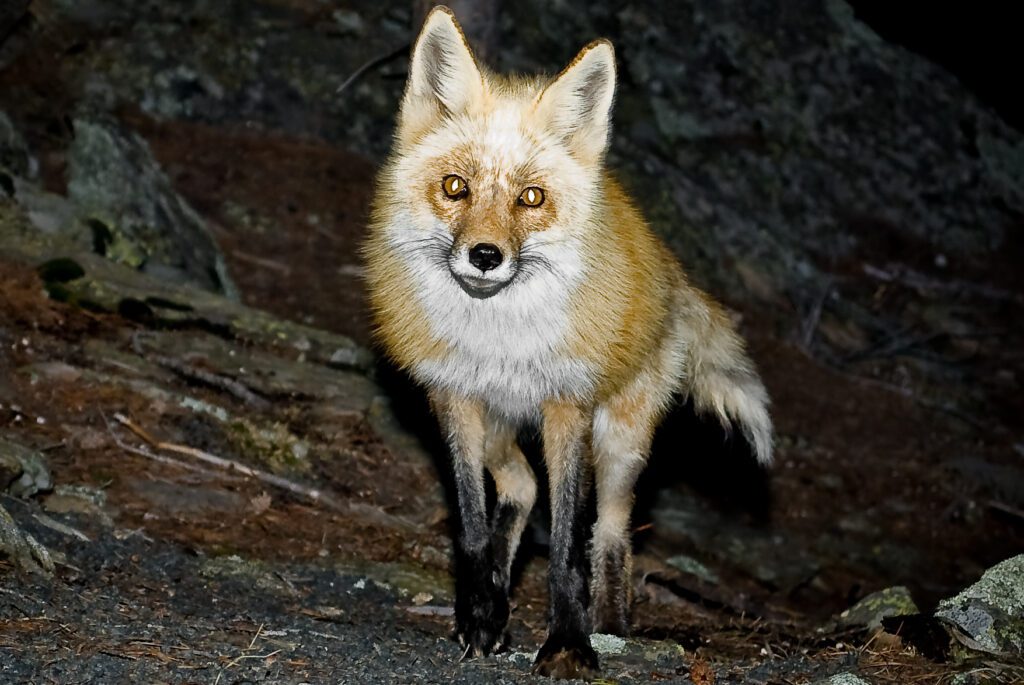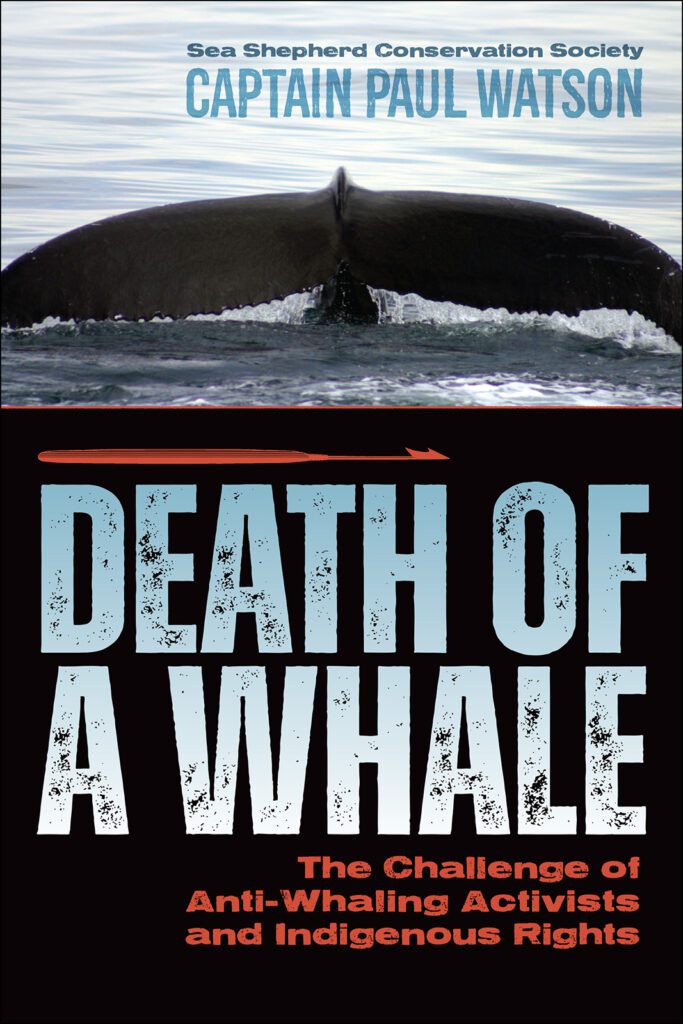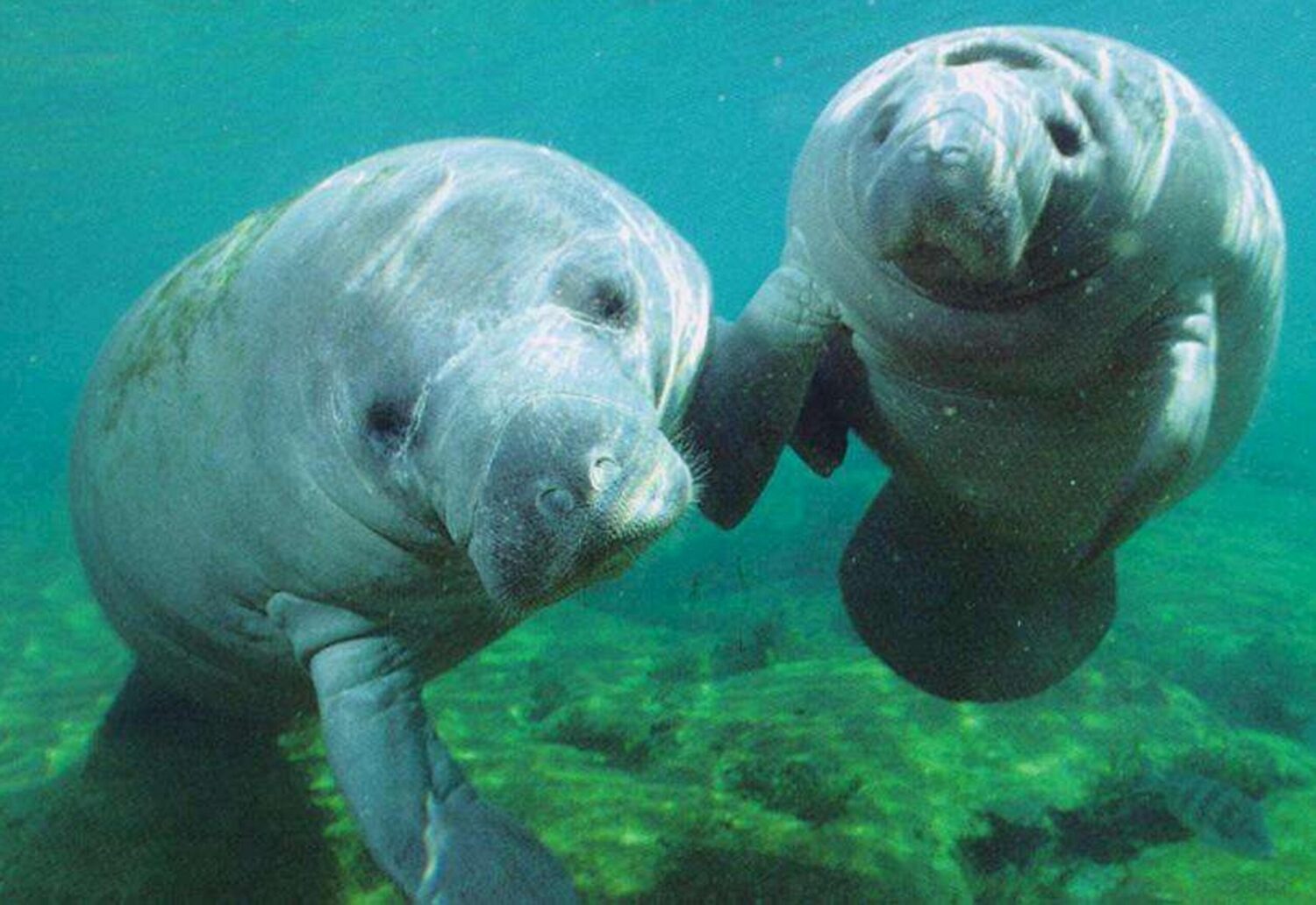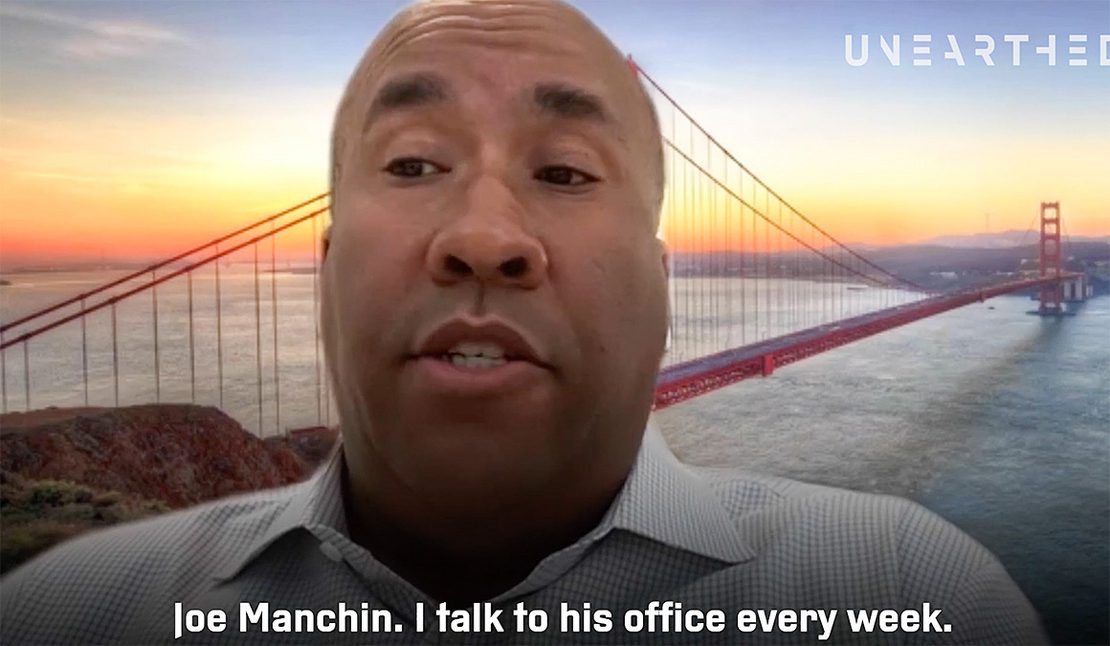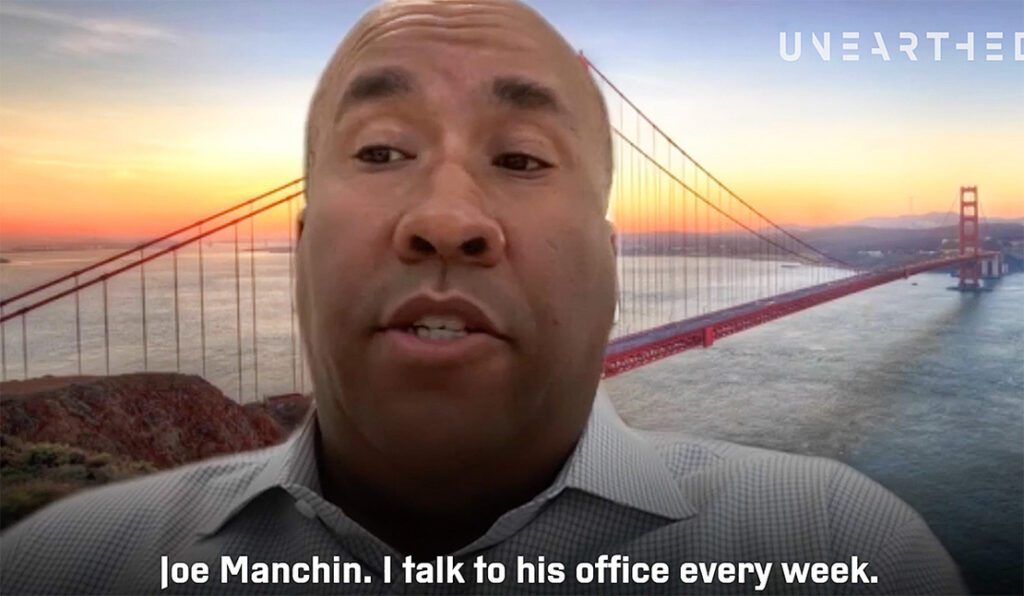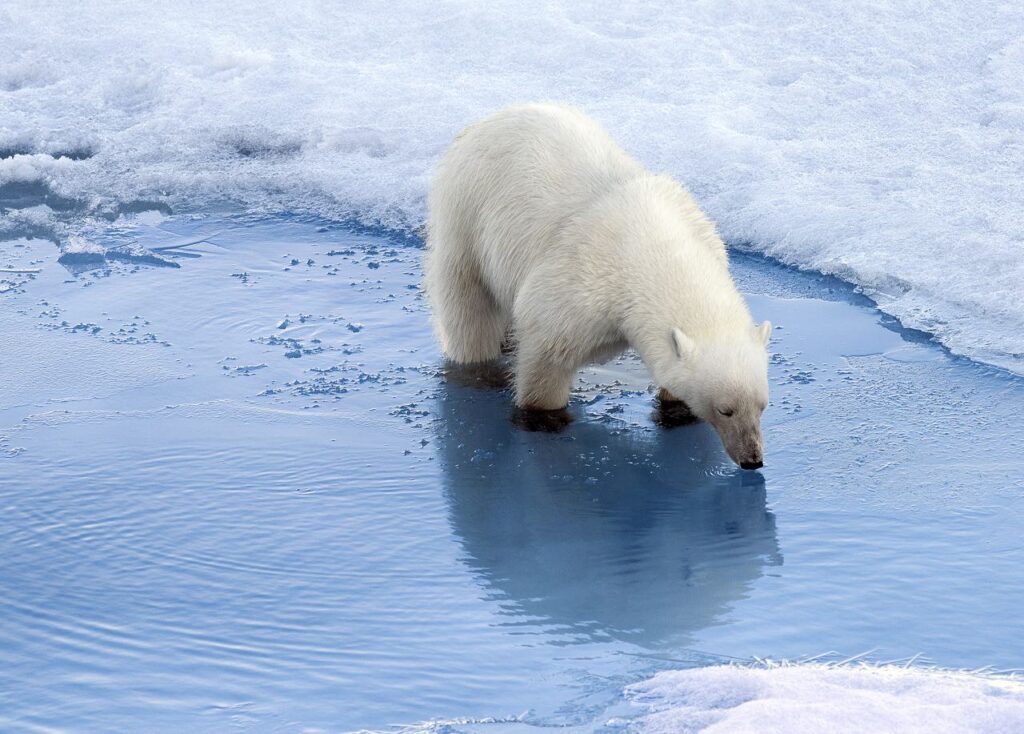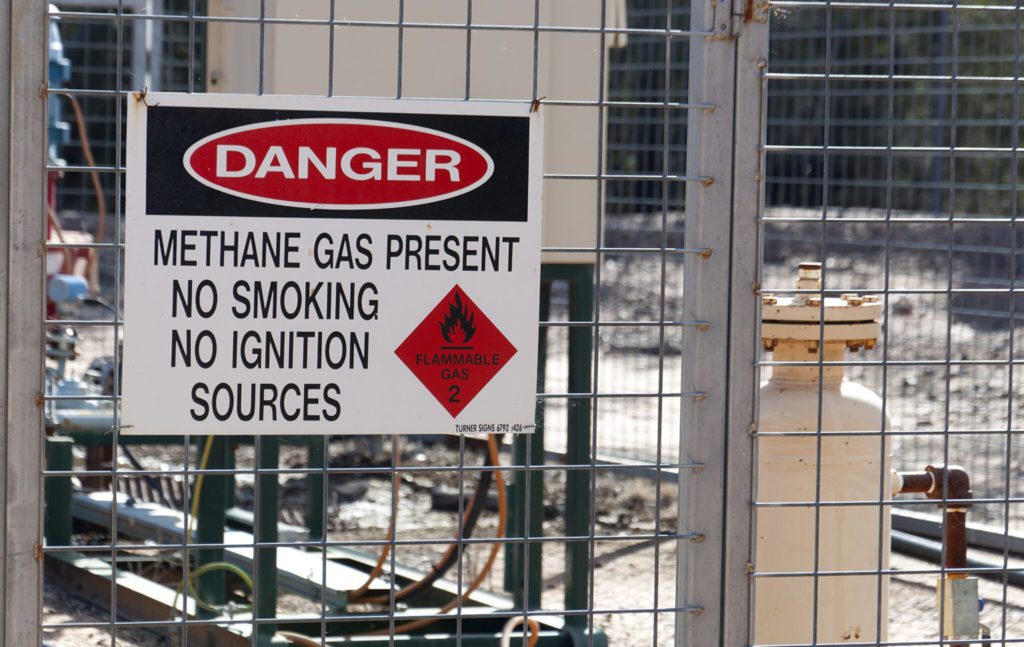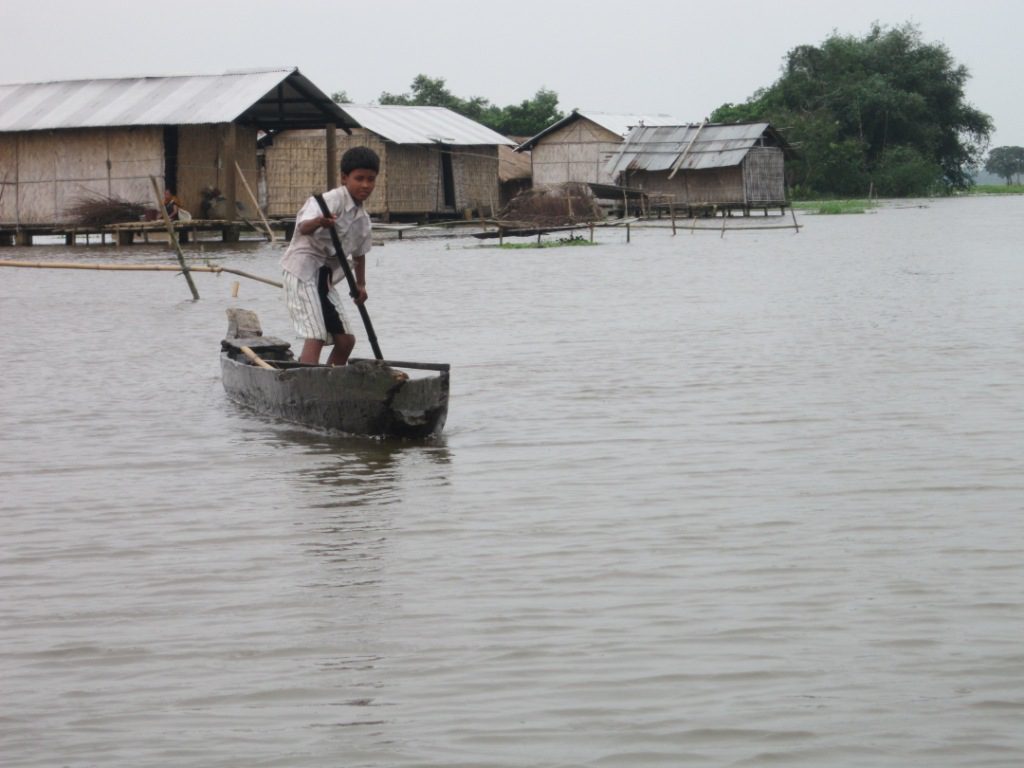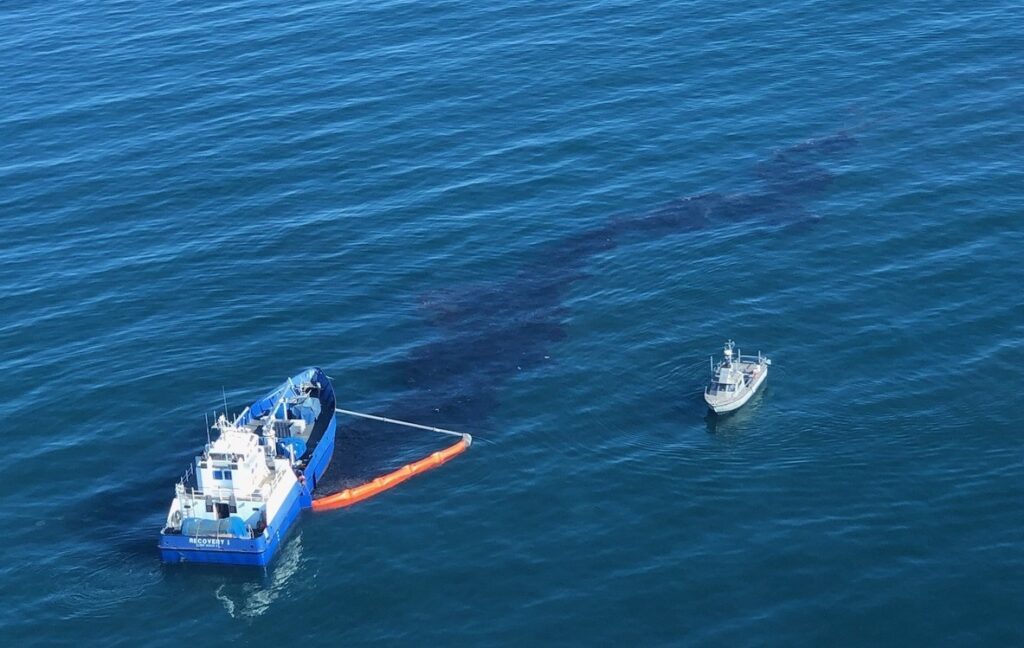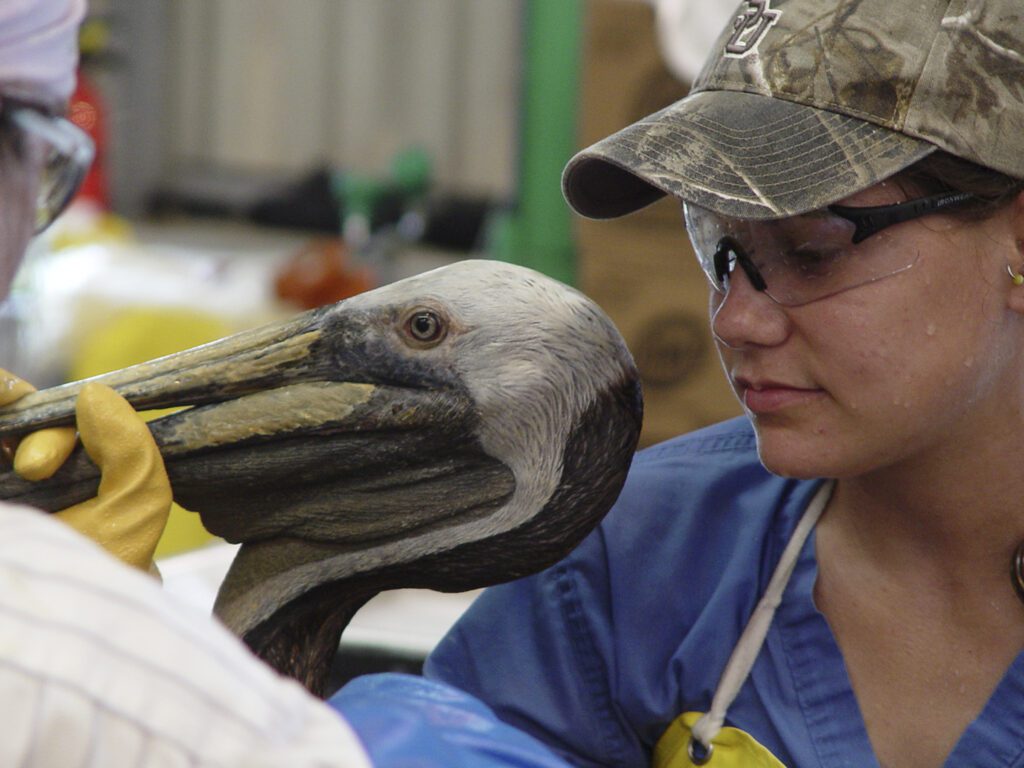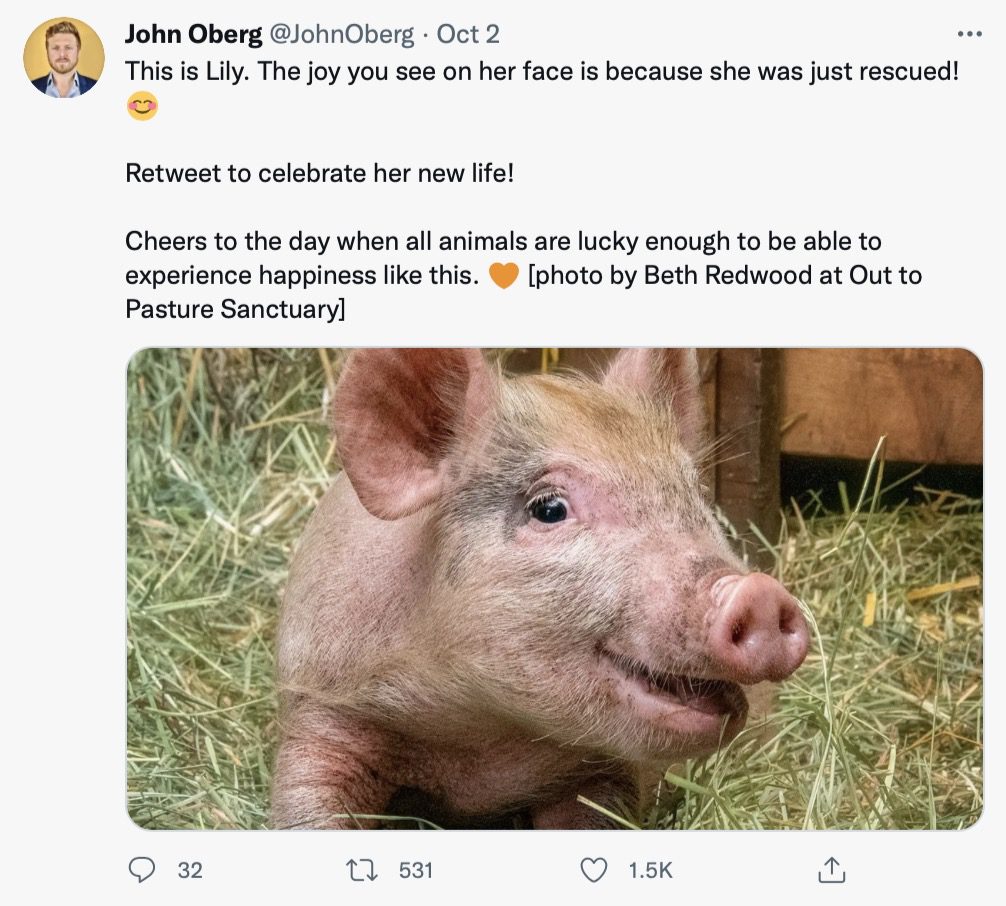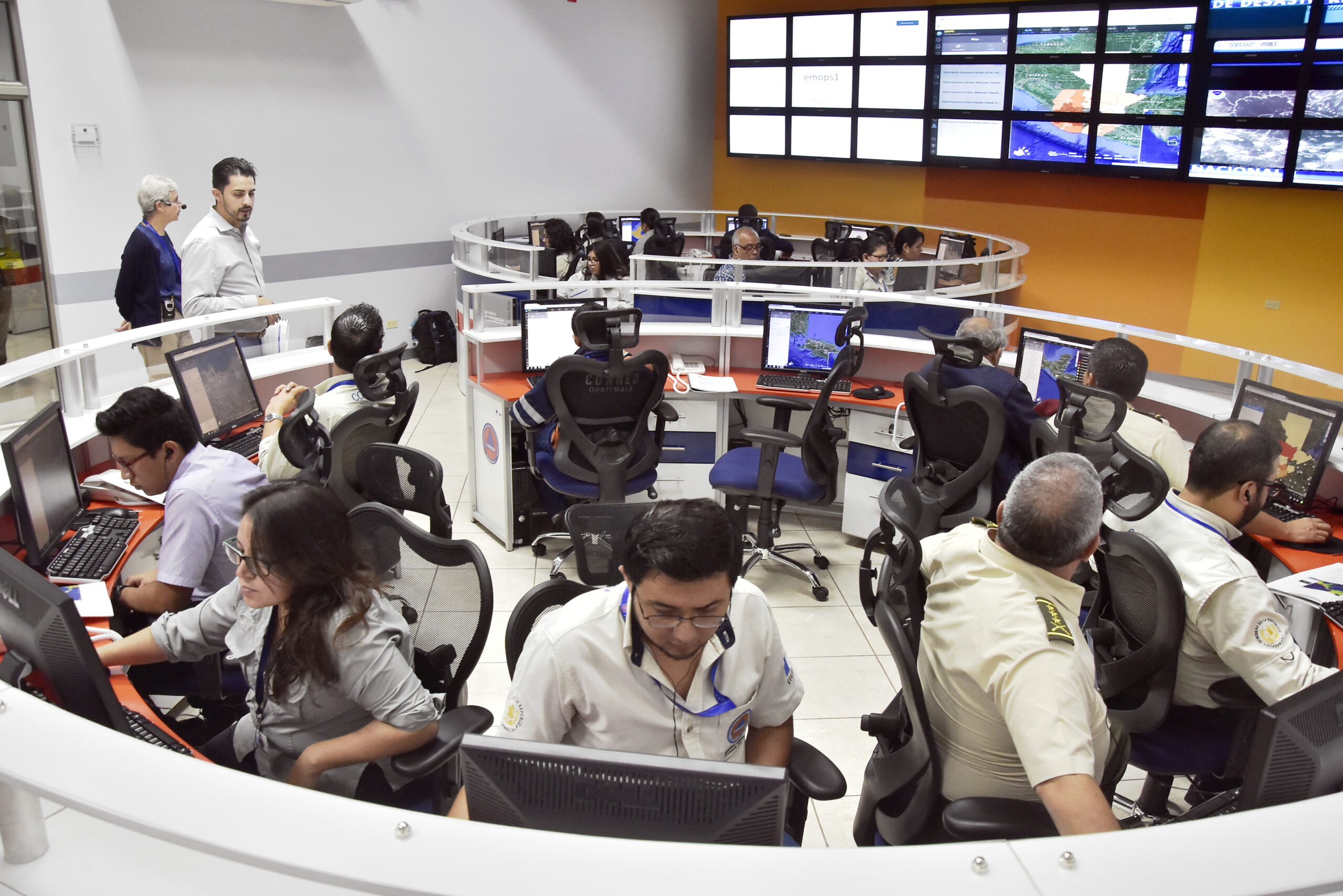


If the internet were a country, it would be the sixth biggest user of electricity.
By Robin Scher, Independent Media Institute
6 min read
The paradox of combating climate change is that the extent of the emergency extends far beyond the actions taken by individuals to mitigate the climate crisis, yet collective action is what is most required to address this issue. There are so many examples of this dilemma—from recycling to how power is being generated, to what people should consume. In each case, broad-based action is required to shift the dial, and while it might seem insurmountable, every little bit counts. A great example of this sentiment in action can be found in the growing field of eco-friendly web design.
In a 2013 study, the internet’s annual carbon footprint was measured at 830 million tons of carbon dioxide. This would put the web’s electricity output at roughly the same level as the aviation industry. “If the internet were a country, it would now rank sixth in the world for its electricity demand,” states a 2014 article in the Guardian by Gary Cook, a senior IT analyst with Greenpeace.
Meanwhile, with the ongoing COVID-19 pandemic leading to people working remotely from their homes and increasingly relying on at-home entertainment, some countries reported a 20 percent increase in “internet traffic” since March 2020, according to a January 2021 article in Science Daily. Extrapolating that data through the end of 2021, the “increased internet use alone would require a forest of about 71,600 square miles—twice the land area of Indiana—to sequester the emitted carbon,” according to the study, which was conducted by researchers from Purdue University, Yale University and the Massachusetts Institute of Technology.
It’s no wonder then that there is a growing interest in making the internet a more eco-friendly place. For instance, Tim Frick’s company Mightybytes is helping to create a more sustainable interweb for all. In an interview with the American Marketing Association (AMA), Frick explained how in the past, the internet was viewed as a “green solution” due to the paper-free nature of its existence. But, as more products and services go online, the need to think about the digital carbon offset has become increasingly important.
“On its own, a digital product might be lighter in terms of carbon emission and environmental impact, but when you multiply that by the number of users on the internet, that’s a potentially very large environmental impact and a big concern,” Frick told AMA, adding that it’s not just the carbon offset of a physical product that determines its environmental impact; it’s also its digital footprint.
Another way to understand why this is the case, Frick explained, is to look at the energy consumption of training a single artificial intelligence (AI) algorithm. According to a University of Massachusetts Amherst report, the amount of electricity used for this process is the equivalent of CO2 generated by five average American cars throughout their lifetime. When you begin to consider that thousands of algorithms are being created and trained every day, the scaling effect really begins to hit home.
What does eco-friendly web design look like?
For Frick and his team, sustainability starts by “including the planet as part of your stakeholders.” Website design should prioritize the user (thus the industry term UX, or user experience), which Frick argues should include considering the environment in how things get made. Many internet users and brands don’t consider how much energy is used to power a particular website. According to Frick, “by making your site fast, efficient and easy to find and load, you’re making it better for the planet.”
If this seems a bit abstract to you, there are tangible ways to measure roughly how a site ranks in terms of its eco-efficiency. Frick’s company Mightybytes, for instance, has created Ecograder, a platform where you can enter any URL and get a rating based on that website’s environmental impact. This ranking is based on various indicators which include performance, user experience, SEO ranking and whether the site uses renewable energy.
Eco-Friendly Web Design in Action
Dutch programmer Danny van Kooten offers a good working example of how a small adjustment to a piece of code can make a substantial difference. Featured in Wired in 2020, Van Kooten is the creator of a WordPress plug-in that helps website owners to allow their visitors to sign up for their Mailchimp mailing lists through an embedded form. Van Kooten had previously decided to cut down on his carbon footprint by giving up air travel and eating beef. But when he realized that his plug-in was responsible for making websites larger through the addition of several thousand lines of code required to execute its function, he realized he could do more for the environment than his personal consumer choices.
Over time, this extra code meant extra energy, so Van Kooten decided to simplify his plug-in. Although he only managed to reduce its data use by 20 KB, with more than 2 million sites using his plug-in, the cumulative effect on energy usage is significant. With that small adjustment, Van Kooten was able to save the world roughly 59,000 kilograms of CO2 each month, which is “roughly the equivalent to flying from New York to Amsterdam and back 85 times,” according to the article in Wired.
Frick, while speaking to Wired, offered another example in the form of ad code. “It’s constantly pinging servers; it’s not very efficient,” he said. Frick’s company, for example, found that when U.S. companies like USA Today were forced to remove certain tracking code from their sites due to European Union regulation, “USA Today’s homepage shed 90 percent of its data size and loaded 15 times faster.”
Sustainable fonts have become another popular form of environmentally friendly web design. An article published by Fast Company explores how this simple design choice is improving website efficiency and with it, its impact on the planet. The piece describes the efforts of Amsterdam-based design studio Formafantasma that redesigned its website in a collaborative project with Studio Blanco, a design agency, to make “[t]he site [look] about as plain as possible” by using Arial and Times New Roman as its only fonts. As Formafantasma co-founder Andrea Trimarchi explained to Fast Company, the reason for this design comes down to how a website loads.
“All the content that needs to be loaded in a page, including fonts, logos, etc., are a request to the server,” said Trimarchi. “Arial and Times New Roman are default fonts on both Macs and PCs, which means there are no extra requests required.” By saving the site from making these extra requests, the design ultimately conserves energy. Similar to Van Kooten’s bit of coding, this small amount of energy saved adds up over time. Other default fonts the Fast Company article lists include Courier New, Georgia, Verdana and Helvetica. Another advantage to using default fonts is that it means websites load faster. So, while the site may look more generic, the user experience is improved. And going forward, the simplified look of a website will serve as an indicator of its sustainability.
Despite the overwhelming majority of websites that remain wasteful in their energy expenditure, Frick remains hopeful of the growth of sustainable web design. Since first developing Ecograder in 2011, “[w]e’ve seen this burgeoning community growing globally,” Frick said during his interview with AMA, “but I would say it’s far from the majority. The only way to make a good, positive impact is at scale, so I would like to see most web designers and developers doing this as opposed to a minority.”
###
Robin Scher is a writer based in South Africa. He is a graduate of the Cultural Reporting and Criticism program at New York University. Find him on Twitter @RobScherHimself.
Take action…

Want a safer climate for future generations? A key part of the solution begins at home
The average U.S. household emits about 48 metric tons of carbon dioxide equivalent emissions every year, with food accounting for up to 30 percent—and heating and cooling accounting for more than 40 percent—of a household’s carbon footprint, according to the Center for Sustainable Systems at the University of Michigan.
“The average carbon footprint for a person in the United States is 16 tons, one of the highest rates in the world,” according to the Nature Conservancy, a nonprofit. “Globally, the average carbon footprint is closer to 4 tons. To have the best chance of avoiding a 2 degree Celsius rise in global temperatures, the average global carbon footprint per year needs to drop to under 2 tons by 2050. Lowering individual carbon footprints from 16 tons to 2 tons doesn’t happen overnight. By making small changes to our actions, like eating less meat, taking fewer connecting flights and line drying our clothes, we can start making a big difference.”
Ready to reduce your home’s carbon footprint? The best way to start is to find out what your carbon footprint is, which you can do using the Nature Conservancy’s Carbon Footprint Calculator. It’s a great activity to do with your kids, too. As Earth | Food | Life writing fellow Lucy Goodchild van Hilten writes in Yes! Magazine, “As grown-ups—parents, grandparents, aunts, uncles, teachers, doctors, and friends—we can help by talking to kids about climate change and empowering them to be a part of the solution.” In many ways big and small, saving the environment begins at home.
Cause for concern…
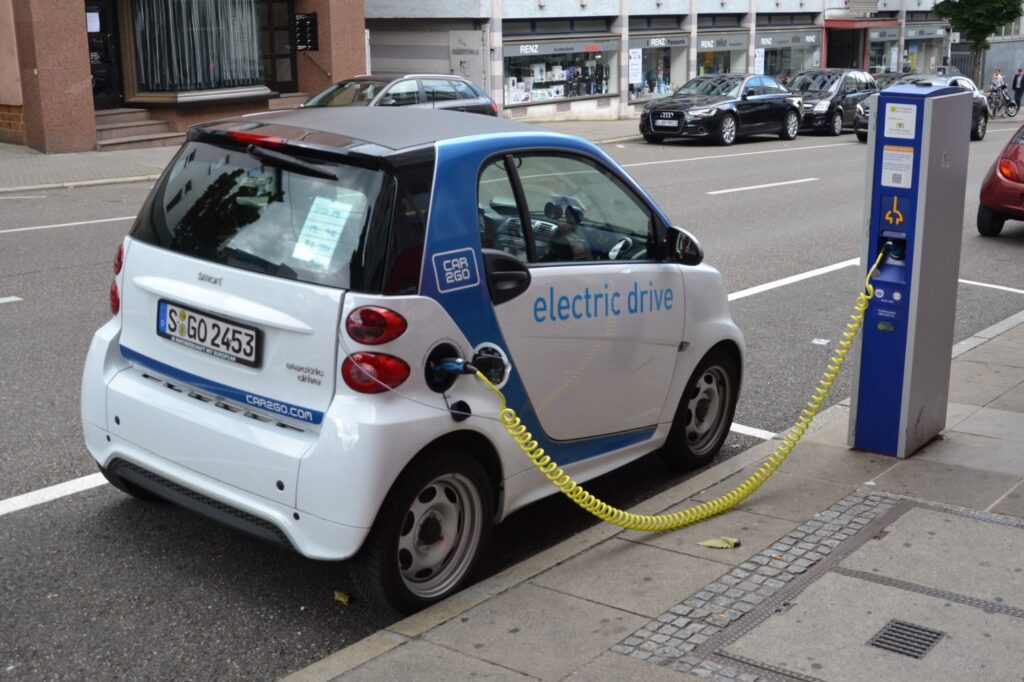
Think electric vehicles will drive us to a more sustainable future? Think again
There has been a surge in the sales of electric vehicles (EVs), with the third quarter of this year seeing more than 1.5 million sales in passengers EVs, including plug-in hybrids. But while many may think this is a good thing for the environment, there is a dark side.
“[Jeminda] Bartolome, 56, lives in one of the most biodiverse places on earth, a stunning [Philippine] island that draws legions of tourists to its crystal blue waters and pristine nature reserves. But these days, her livelihood, and the ancient rainforest system it depends on, are increasingly under threat,” report Karol Ilagan, Andrew W. Lehren, Anna Schecter and Rich Schapiro in an article published by NBC News and produced in partnership with the Pulitzer Center’s Rainforest Investigations Network and the Philippine Center for Investigative Journalism.
“A nickel mine stretching nearly 4 square miles scars the forest above Bartolome’s farmland,” they write. “The mine, Rio Tuba, plays a vital role in satisfying the global demand for a mineral more coveted than ever due in part to the explosion of the electric car industry. The raw nickel dug out of the ground here ends up in the lithium batteries of plug-in vehicles manufactured by Tesla, Toyota and other automakers, according to an NBC News review of company filings and shipping records.”
“The reality is that we don’t need more electric vehicles; we need fewer vehicles, period. Just think of all the materials that go into making an electric vehicle: steel, iron, aluminum, copper, cobalt, lithium, manganese, carbon fibers, polymers, graphite, glass, and a variety of rare-earth minerals like dysprosium, neodymium, niobium, terbium and praseodymium,” reports EFL editor Reynard Loki. “The mining, processing and manufacturing industries required to extract and use these materials are highly destructive to ecosystems around the world—even deep-sea environments that are being ruined when waste rock and sediment from mining is dumped into the ocean—and emit tons of carbon dioxide into the atmosphere.”
Round of applause…

Will ‘ecocide’ be made an international crime? Mother Nature needs legal protections, too
“The campaign to make ecocide an international crime took center stage in the Hague on [December 7] as Bangladesh, Samoa and Vanuatu advocated criminalizing environmental destruction during a virtual forum at the annual meeting of the International Criminal Court’s 123 member nations,” reports Katie Surma for Inside Climate News.
“The forum, attended by more than 1,300 individual participants, represented a collective cry for justice from three of the world’s most climate vulnerable countries,” writes Surma. “It came less than a month after they and other developing nations pressed their claims at the United Nations climate talks in Glasgow for greater resiliency and adaptation funding from the industrialized world, but came away largely unsatisfied.”
“We believe it is timely to discuss how the court’s mandate can be brought to bear on one of the world’s most pressing problems: that of ecological destruction and climate breakdown,” Fiame Naomi Mata’afa, Samoa’s prime minister, said in a recorded statement for the event.
ICYMI…
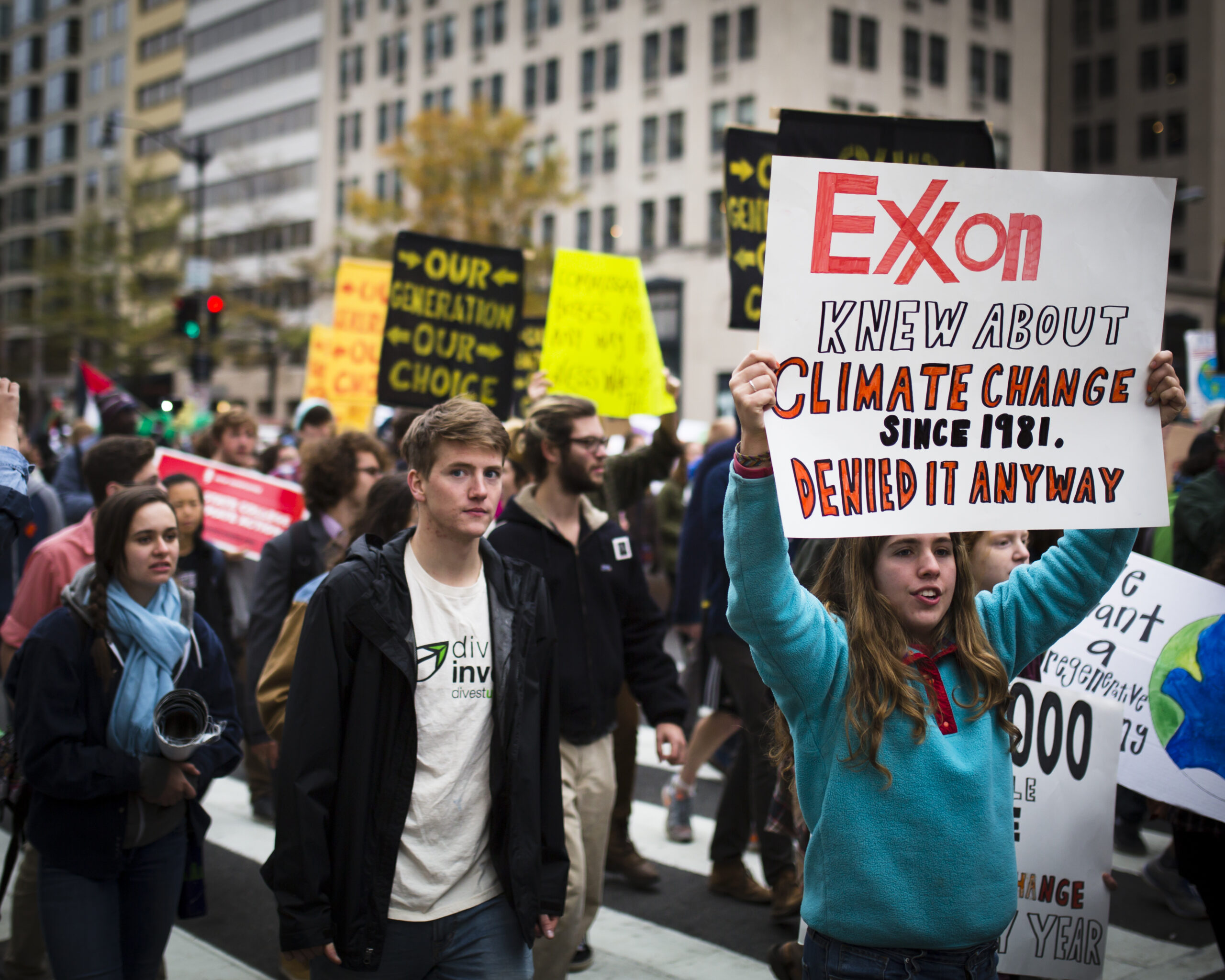
Lies, deceit, denial, payouts? It’s just business as usual for ExxonMobil
When then-ExxonMobil lobbyist Keith McCoy conceded in a secretly recorded video in May that the oil giant voiced support for a carbon tax only because it assumed it would never happen, ExxonMobil CEO Darren Woods said the company was “shocked by these interviews” and stood by its ‘commitments to working on finding solutions to climate change.’
Wood’s reaction was reminiscent of Captain Louis Renault feigning surprise to discover gambling at Rick’s Café in the 1942 film “Casablanca.” After quietly pocketing his winnings, Renault justifies closing down the nightclub by exclaiming, ‘I’m shocked, shocked to find that gambling is going on in here!’
Woods was shocked? Really? Just one look at his company’s financial records would show that despite claiming to endorse a carbon tax—initially in a cynical attempt to derail a cap-and-trade bill that was under consideration in 2009—ExxonMobil has funneled millions of dollars over the last decade to lawmakers who staunchly oppose the idea.
—EFL contributor Elliott Negin, “To Find Out If ExxonMobil Really Supports a Carbon Tax, Just Follow the Money” (CounterPunch, October 12, 2021)
Parting thought…

“When a human being kills an animal for food, he is neglecting his own hunger for justice.” —Isaac Bashevis Singer
Earth | Food | Life (EFL) explores the critical and often interconnected issues facing the climate/environment, food/agriculture and nature/animal rights, and champions action; specifically, how responsible citizens, voters and consumers can help put society on an ethical path of sustainability that respects the rights of all species who call this planet home. EFL emphasizes the idea that everything is connected, so every decision matters.
Click here to support the work of EFL and the Independent Media Institute.
Questions, comments, suggestions, submissions? Contact EFL editor Reynard Loki at [email protected]. Follow EFL on Twitter @EarthFoodLife.

